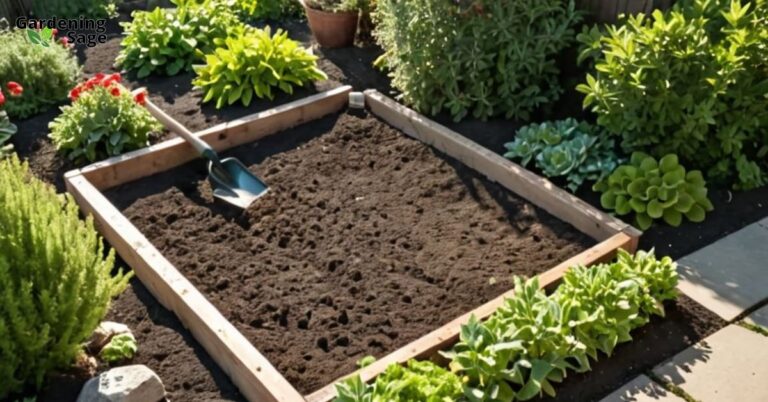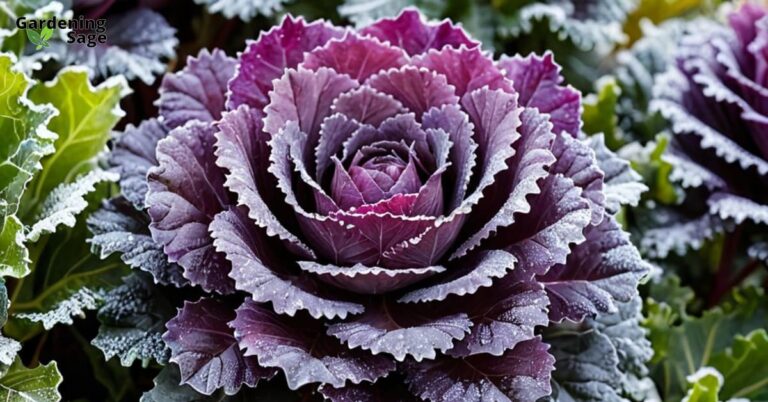In the bustling streets of the city, amidst high rises and concrete, lies the burgeoning movement of urban gardening. It’s a creative, resourceful, and sustainable way to bring nature back into our lives. This comprehensive guide is tailored for city dwellers looking to cultivate their own gardens in limited spaces, offering a fresh perspective on how to grow your own food amidst urban landscapes.
Understanding Urban Gardening
Urban gardening is the practice of growing plants, especially fruits, vegetables, and herbs, in an urban environment. This can be on balconies, rooftops, patios, or even windowsills.
It’s an innovative approach to gardening that adapts to the unique challenges and opportunities of urban spaces.
The Benefits of Urban Gardening
Urban gardening isn’t just about adding a splash of green to the concrete jungle; it offers numerous tangible benefits. It provides access to fresh, organic produce, reduces your carbon footprint, enhances biodiversity, and has significant mental health benefits.
Gardening in urban areas also fosters community spirit and can be a tool for education and social change.
Planning Your Urban Garden

Effective planning is crucial in urban gardening. Assess the space available to you, whether it’s a small balcony, a windowsill, or a rooftop.
Consider the amount of sunlight your space receives, as most edible plants require at least six hours of direct sunlight per day. Think about water access and how you’ll manage drainage.
Choosing the Right Containers
Containers are the backbone of urban gardening. They come in various sizes and materials, and your choice should depend on the space available and the plants you wish to grow. Ensure they have good drainage to prevent root rot.
Be creative – repurpose old buckets, crates, or even pallets.
Soil and Fertilization
Unlike traditional gardening, urban gardens rely heavily on potting soil. Choose a high-quality potting mix that ensures good aeration and drainage.
Nutrient-rich soil is essential for healthy plant growth, so consider adding organic compost or a slow-release organic fertilizer.
Selecting Plants for Your Urban Garden
When it comes to selecting plants, consider vegetables and herbs that are not only suited to your climate but also to the space and sunlight you have available. Leafy greens like spinach and lettuce, herbs such as basil and cilantro, and compact vegetables like cherry tomatoes and peppers are great options.
Also, consider the growing season and plant accordingly.
Maximizing Your Space
Space is a premium in urban settings. Vertical gardening is a smart way to maximize your limited space. Utilize wall planters, hanging baskets, or trellises to grow plants upwards. This not only saves space but can also turn your garden into a stunning vertical display.
Planting and Maintenance
Plant your chosen seeds or seedlings with care, adhering to the spacing and depth recommendations. Regular watering is crucial, especially in containers where soil dries out quickly.
However, avoid overwatering, as this can lead to root diseases. Regularly check your plants for pests and diseases.
Organic Pest Control
Pests and diseases can be a challenge, especially in densely populated urban areas. Opt for organic pest control methods like neem oil, insecticidal soaps, or introducing beneficial insects like ladybugs. Regularly inspect your plants and act promptly if you spot any signs of pests or disease.
Harvesting Your Bounty
The most rewarding part of urban gardening is the harvest. Harvest your produce when it’s ripe and at its peak of flavor. Regular harvesting often encourages more production.
Use your fresh produce in your cooking and enjoy the fruits of your labor.
The Community Aspect of Urban Gardening
Urban gardening can be a communal activity. Participate in community gardens or share your experiences with other urban gardeners.
Sharing knowledge, produce, and resources can create a sense of community and collective learning.
Overcoming Challenges
Urban gardening comes with its set of challenges – limited space, possible restrictions by landlords or housing associations, and pollution.
Overcome these by being resourceful and innovative. Use self-watering systems if you’re short on time, and research plants that are more tolerant of urban conditions.
Sustainability and Urban Gardening
Urban gardening is a step towards a more sustainable lifestyle. By growing your own food, you reduce dependence on commercially grown produce and minimize your ecological footprint.
Composting your kitchen waste not only reduces garbage but also provides excellent nutrition for your plants.
Urban Gardening as a Lifestyle
Urban gardening is more than a hobby; it’s a lifestyle choice. It allows you to reconnect with nature, provides a sense of achievement, and can be a peaceful retreat from the fast-paced urban life. With a bit of creativity, patience, and care, even the smallest spaces can be transformed into a lush, productive garden.
As cities continue to grow, urban gardening stands out as a beacon of sustainability, health, and community. It’s a testament to the fact that even in the most unlikely places, nature finds a way to thrive.
So, roll up your sleeves, get your hands dirty, and start your journey into the fulfilling world of urban gardening.













